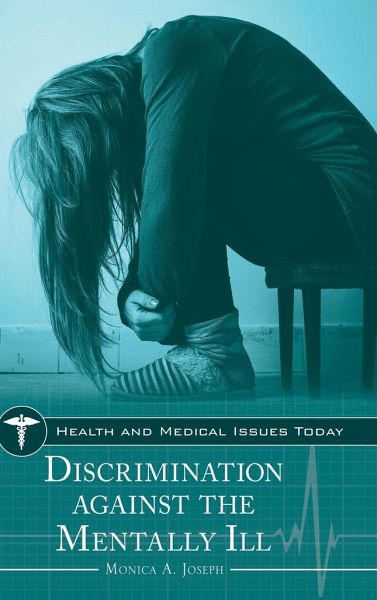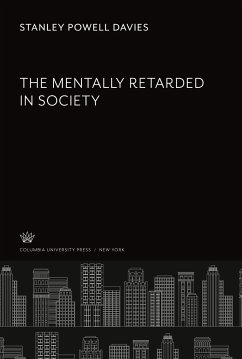
Discrimination against the Mentally Ill
Versandkostenfrei!
Versandfertig in 1-2 Wochen
43,99 €
inkl. MwSt.

PAYBACK Punkte
22 °P sammeln!
How have individuals with mental illness been treated historically and what are their experiences today? This book investigates the historical and contemporary forms of discrimination faced by those with mental illness. This book provides a broad foundation on the history of mental illness and discrimination as well as the current treatment network and contemporary issues related to mental illness and discrimination. It presents a historical overview of the treatment of mental illness from the pre-asylum movement through the current system, identifying both overt and covert discrimination. It ...
How have individuals with mental illness been treated historically and what are their experiences today? This book investigates the historical and contemporary forms of discrimination faced by those with mental illness. This book provides a broad foundation on the history of mental illness and discrimination as well as the current treatment network and contemporary issues related to mental illness and discrimination. It presents a historical overview of the treatment of mental illness from the pre-asylum movement through the current system, identifying both overt and covert discrimination. It is an ideal resource for high school and college students researching how people with mental illness have experienced discrimination throughout history as well as for social justice advocates or professionals who work with persons with mental illness. Discrimination against the Mentally Ill reviews how persons with mental illness have been treated across time, exploring the impact of various forms of discrimination and how other contemporary issues relate to mental illness, including diversity, homelessness, veteran affairs, and criminal justice. The work includes primary source materials-historical and contemporary, from the United States and other nations-that serve to augment readers' understanding of the topic and foster development of critical thinking and research skills.












